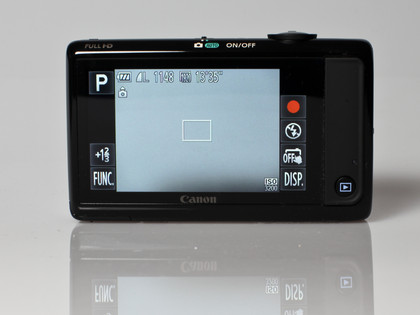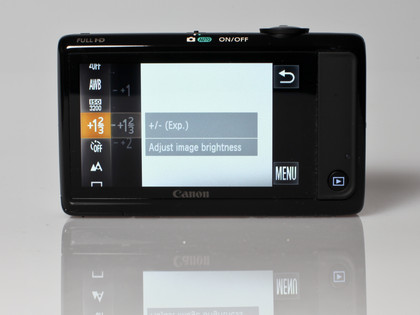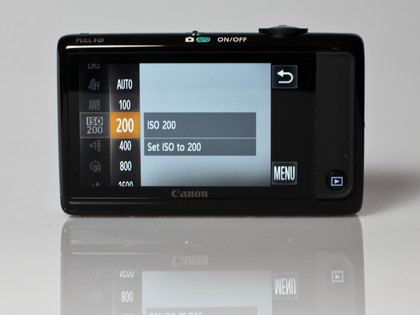Why you can trust TechRadar

As with other cameras from Canon's HS range, such as the IXUS 310 HS, IXUS 220 HS and IXUS 115 HS, the backlit 12.1 million pixel CMOS sensor on the IXUS 1100 HS does an excellent job of producing images with low noise at high sensitivities, and good dynamic range.

Images taken at low sensitivities are rich with detail, and noise doesn't really start to factor until ISO 1600, where fine luminance noise and a slight softening of fine details can be seen, due to noise reduction. Saying that, even images taken at ISO 3200 are perfectly acceptable, and should still make decent enough A4-sized prints and look great when shared on the web.

Default settings produce vibrant colours, which despite being quite punchy, aren't overcooked and don't look unnatural. Warmer tones tend to be emphasised more than cooler tones, so strong reds and oranges will tend to have a bit more pop to them. Colours can be made more subdued, or even boosted to your taste.

Face detection works well to achieve accurate exposures and focusing. Occasionally the system can be fooled by certain shapes. For example, pointing the camera at a computer keyboard activates the face detection and throws off the exposure. This doesn't occur regularly, but if it does, it may be best to set the camera to the centre point focusing mode.
When face detection isn't active, the evaluative metering is very difficult to trick into producing an unsatisfactory exposure, even with high-contrast scenes.
Current page: Performance
Prev Page Build quality and handling Next Page Image quality and resolution